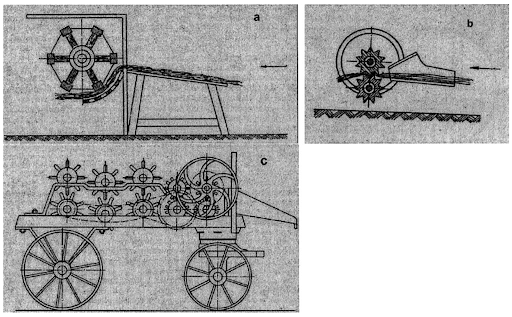Cash Crop
Mandla Reissmann
For me, it seems obvious, and I’m sure many of us have had this discussion one time or another, that hemp is a superior raw material, especially for industrial applications;
“Hemp (Cannabis sativa L.) is a potentially profitable crop, fitting into sustainable farming systems. Interest in “new” fibre crops is in fact increasing, to find alternatives to a high-input crop such as cotton, or to relieve the pressure of the paper industry on remaining natural forests.” – (Ranalli & Venturi 2004, 1)
It is the diversity of applications that makes hemp such a powerful contender as a cash crop. A crop of hemp properly harnessed can produce:
- Seeds
- Oils from seeds and essential oils
- Secondary metabolites (used as medicines, flavourings, pigments, and recreational drugs)
- Inflorescences (buds/flowers for food, cosmetic or pharmaceutical industry)
- Straw and hurds (for the building industry and for energy production) (Ranalli & Venturi 2004)
The image below illustrates processing of the high quality hemp fibres into a usable raw material for textiles. “a” and “b” show retting machines that flatten stalks into fibres for hemp thread for fabric, “c” shows a more complex retting machine for the same purposes.

Hemp is moving into a more medicinal role than it has been in recent history, it is going back to its roots with new research emerging on its medical benefits.
”While traditionally a fiber and grain crop, hemp has emerged as a source of non hallucinogenic medicinal phyto-cannabinoids (e.g., CBD) with distinct properties from marijuana. Dozens of clinical studies are now investigating anecdotal uses of CBD to treat various medical conditions.” – (Schluttenhofer & Yuan 2017, 917)
This presents an interesting way of farming on a smaller scale than would be required, when focused on fibre and grain. Schluttenhofer & Yuan (2017) outline revenues possible from different parts of the plant.
Revenue of hemp fiber, grain (conventional and organic), and phytocannabinoid (CBD) products per hectare. Prices are based on those paid during 2015.
Fiber values assume a price of $1.21/kg of actual fiber. – Grain production assumes a price of $1.65 and $2.54 per kilogram of conventional (con.) or organic (org.) seed, respectively.
Phytocannabinoid prices were obtained from hemp producers and CBD processors. – CBD prices are complex, ranging from $2.50 to 10.00/g of pure CBD. Higher prices are paid for crops with higher percentages of CBD in flower material.
Here, revenue per hectare was calculated using $2.50/g for 1%, $5.00 for 5%, and $10.00 for 10% CBD concentration in flower material. – (Schluttenhofer & Yuan 2017, 920)
Hemp Nation aims to bring this type of knowledge to the forefront and enable people to harness this superior cash crop. Different scales can be managed by a range of farmers highlighting options at different stages of production, from growing to industrial processing. The more people we can enable to enter the Hemp Space (as we at Hemp Nation fondly call it), the more we can develop.
Sources:
Ranalli, P., & Venturi, G. (2004). Hemp as a raw material for industrial applications. Euphytica 2004 140:1, 140(1), 1–6. – (https://doi.org/10.1007/S10681-004-4749-8)
Schluttenhofer, C., & Yuan, L. (2017). Challenges towards Revitalizing Hemp: A Multifaceted Crop. Trends in Plant Science, 22(11), 917–929. – (https://doi.org/10.1016/J.TPLANTS.2017.08.004)



